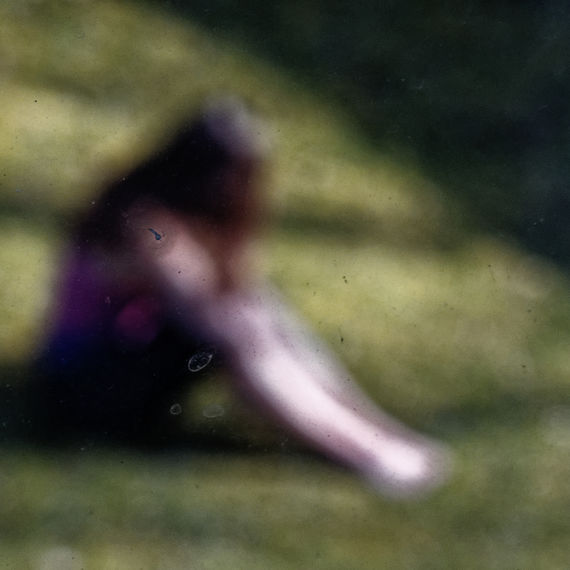‘The Virgin Mary is seen as the benefactor of the Polish and Slovak peoples [...] and the idea of the mother in the Slavic world is generally identified with the motherland. The concept of a mother burying her own child is one of the most shocking images of our imagination because it questions the very foundation and essence of life.”
– Vladimír Godár
Poignant sorrow
The 13th-century Stabat Mater Dolorosa one of the most widely cited poems in music history. The identity of the author remains a mystery, but we know that the text was written down within Franciscan circles. This is attested to by, among other things, the parallels with the mystical teachings of Francis of Assisi. The first verses describe the sufferings of the Virgin Mary from the perspective of the believer as a witness, and starting with the fifth verse, the believer turns in prayer to Mary in the hope that his or her soul may be united with Christ after death.
In 1711, Antonio Vivaldi (1678-1741) was commissioned by the Congregation of the Oratory of St Philip Neri in Brescia to compose a version of the Stabat Mater for the feast of the Seven Sorrows of Mary the following year. He was limited to the small ensemble that was available, and bound by the papal decree that required that only the first ten verses of the poem could be used during the prayer service. But despite – or perhaps precisely because of – these restrictions, Vivaldi’s Stabat Mater, RV 621, is a captivating musical translation of the poem. The simple accompaniment enabled Vivaldi to focus entirely the textual expression. He deliberately kept the sung melodies sober as well, so that the spare ornamentation further heightened the emotional content. Only in the final Amen does Vivaldi let loose the virtuoso aesthetic that was so characteristic of his concerti.
The work by Vivaldi’s contemporary Jan Dismas Zelenka (1679-1745) has remained in the shadows for far too long. Unjustifiably, for this ‘Bohemian Bach’ enjoyed great admiration by notable Baroque composers such as Telemann and J.S. Bach himself. The deeply religious Zelenka was famous for his very personal style, and combined Italian flair with complex counterpoint. A fine example of this is his Miserere in C Minor, Psalm 50, ZWV 57, one of his last and most widely performed works. It, too, is excels in expressive tone painting. The inspiration came from, among others, the late 16th century music, by the Flemish Polyphonists working in Italy at the time. One of them was the renowned madrigalist Giaches de Wert (1535-1596). He spent most of his life at the Italian courts of Mantua and Ferrara, where he was the teacher of none other than Claudio Monteverdi. He was at the source of a new development in which the strict harmonic rules of polyphony gave way to a freer, more sober musical style that appealed directly to the emotions and followed the written text.
The colourful harmonies made their way into his religious music as well, including the motet Vox in Rama. In this work, De Wert used ingenious techniques to express the extreme sorrow of Rachel, the ancestral mother of the people of Israel, lamenting the loss of her children near Bethlehem. A repeated two-note motif evokes wailing (‘ululatus’), while chromatic notes and dissonant chords emphasize Rachel’s anguish.

